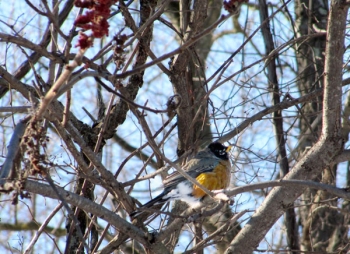
We’ve had a bit of rain this year, and most plants are acting like giddy teenagers after a six-pack of energy drinks. That includes native plants.
Who’d have thought a native plant would fail to mind its manners? In fact, when some natives get aggressive, they outcompete non-native invasive weeds. In the horticultural world, this quality is sometimes called “competitive exclusion.”
A friend recently asked me to take a look at "something" weedy taking over a section of his backyard. I arrived with two of my favorite invasive weed identification books but needn’t have. The dreaded invader was hemp dogbane (Apocynum cannabinum), a plant more likely to be found on the pages of “Native Plants of the Northeast” by Donald Leopold.
My friend’s reaction to dogbane-in-the-fast-lane also reminded me that it’s easy to love the idea of native plants and easy to praise their value for pollinators, birds and wildlife. But when they misbehave, something’s gotta give — and it’s usually not us.
Staghorn sumac, pictured above, is often a victim of the landscape lopper--but it shouldn't be, if we're concerned about birds like this overwintering robin.
If you're ready to try "competitive exclusion" of non-native, invasive weeds, please see my latest article at Zip06/TheDay.
If you have trouble with the link, please download the article below.
| Attachment | Size |
|---|---|
| 869.63 KB |
